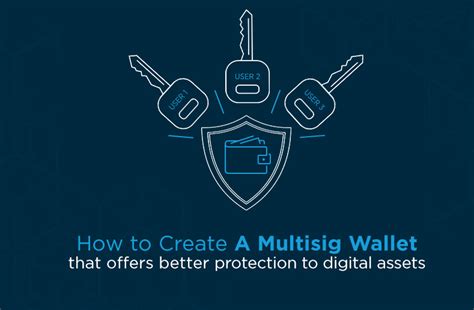Can a Second Signer Add Data to a Bitcoin PSBT Transaction?
With Partially Signed Bitcoin Transactions (PSBTs), multiple parties can be involved in the signing and validation process. In a traditional multi-signature wallet setup, authorization requires two or more signatures, with at least one signature verified by other signatures. However, what if we want to allow secondary signatures to contribute data to a transaction? Can a Second Signer Add Data to a Bitcoin PSBT Transaction?
Basics of Partially Signed Bitcoin Transactions

In Bitcoin, PSBTs are used to represent a signed partial transaction, which includes only a subset of the final transactions that will be included in the main block. Each PSBT contains a list of public keys and a set of transactions (or “data”) that can be added or removed.
Signatures and Verification
When a sender adds data to a PSBT, they create a new transaction. This transaction is then signed by one or more secondary signatures (i.e., parties not involved in the initial two-signature setup). The secondary signatories verify the transaction using their private keys.
The key concept here is that each signature is verified separately, and the verification process relies on the cryptographic algorithms used to create the signatures. In Bitcoin, these algorithms are designed to be secure and tamper-resistant.
Can a second signatory add data to a Bitcoin PSBT transaction?
Now, can a second signatory add data to a Bitcoin PSBT transaction?
The answer is generally no. When adding data to a PSBT, secondary signatures must verify their signatures separately from the initial establishment of the two signatures. This means that each secondary signatory must create and sign a new transaction, which can be different from any other transaction added to the PSBT.
However, there are some special cases where another signer might add data to a Bitcoin PSBT transaction:
- Public Key Signatures: If the sender used Public Key Signatures (PKS) to sign the initial setup with two signatures, then the secondary signer can use their private key to create and sign a new PSBT that only includes the data they want to add.
- Digital Signing: Bitcoin allows transactions to be digitally signed using non-standard formats such as PEM-encoded strings. In some cases, a secondary signer might digitally sign additional data as part of an existing transaction.
Conclusion
In conclusion, although it is theoretically possible for a second signer to contribute data to a Bitcoin PSBT transaction, this would require significant changes to the standard signing and verification process. Using public key signatures and digital signatures allows for greater flexibility, but these mechanisms can also introduce additional complexity and security risks.
When working with partially signed transactions, it is important to carefully consider the implications of secondary signatures and ensure that any changes are consistent with existing cryptographic standards and Bitcoin best practices.
Additional Reading
For more information on PSBTs and Bitcoin signatures, we recommend reading:
- “Bitcoin Wallet Protocol” by Satoshi Nakamoto (open-source documentation)
- “PSBT Tutorial” by Bitcoin Developer Network
Note: This article is for informational purposes only and should not be construed as investment advice. Always consult a qualified professional before making any decisions regarding cryptocurrency or other financial matters.